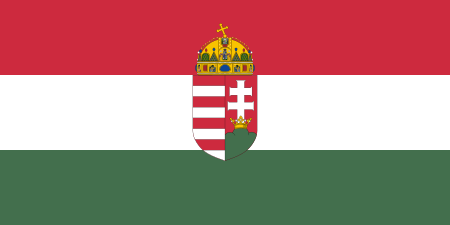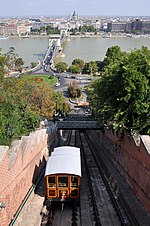Kingdom of Hungary (1920–1946)

The Kingdom of Hungary (Hungarian: Magyar Királyság), referred to retrospectively as the Regency and the Horthy era, existed as a country from 1920 to 1946 under the rule of Regent Miklós Horthy, who officially represented the Hungarian monarchy. In reality there was no king, and attempts by King Charles IV to return to the throne shortly before his death were prevented by Horthy. Hungary under Horthy was characterized by its conservative, nationalist and fiercely anti-communist character. The government was based on an unstable alliance of conservatives and right-wingers. Foreign policy was characterized by revisionism — the total or partial revision of the Treaty of Trianon, which had seen Hungary lose over 70% of its historic territory along with over three million Hungarians, who mostly lived in the border territories outside the new borders of the kingdom. Hungary's interwar politics were dominated by a focus on the territorial losses suffered in this treaty, with the resentment continuing until the present. Nazi Germany's influence in Hungary has led some historians to conclude that the country increasingly became a client state after 1938. The Kingdom of Hungary was an Axis Power during World War II, intent on regaining Hungarian-majority territory that had been lost in the Treaty of Trianon, which it did in early 1941. By 1944, following heavy setbacks for the Axis, Horthy's government negotiated secretly with the Allies, and also considered leaving the war. Because of this Hungary was occupied by Germany and Horthy was deposed. The extremist Arrow Cross Party's leader Ferenc Szálasi established a new Nazi-backed government, effectively turning Hungary into a German-occupied puppet state. After World War II, the country fell within the Soviet Union's sphere of influence. It changed its name to the Hungarian State (Hungarian: Magyar Állam) and the Second Hungarian Republic was soon thereafter proclaimed in 1946, succeeded by the communist Hungarian People's Republic in 1949.
Excerpt from the Wikipedia article Kingdom of Hungary (1920–1946) (License: CC BY-SA 3.0, Authors, Images).Kingdom of Hungary (1920–1946)
Adam Clark Square, Budapest Buda
Geographical coordinates (GPS) Address Nearby Places Show on map
Geographical coordinates (GPS)
| Latitude | Longitude |
|---|---|
| N 47.498333333333 ° | E 19.040277777778 ° |
Address
Clark Ádám tér
Adam Clark Square
1013 Budapest, Buda
Hungary
Open on Google Maps










